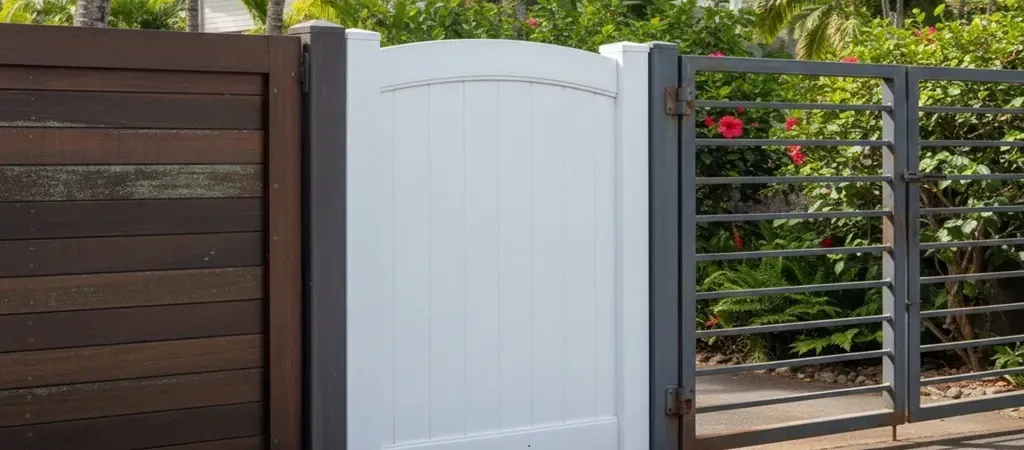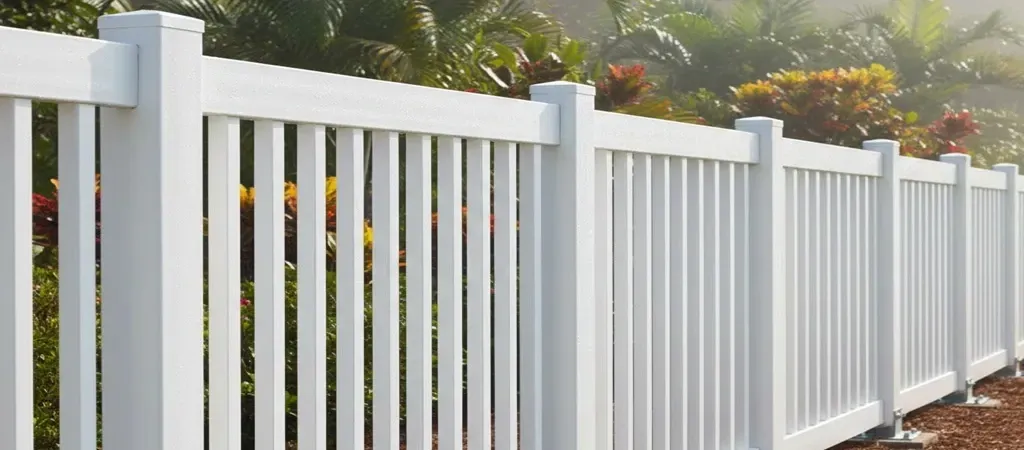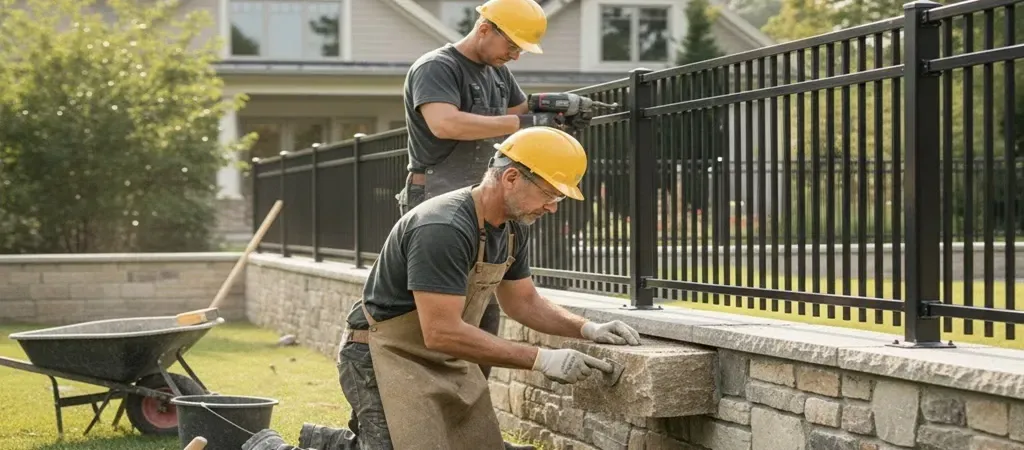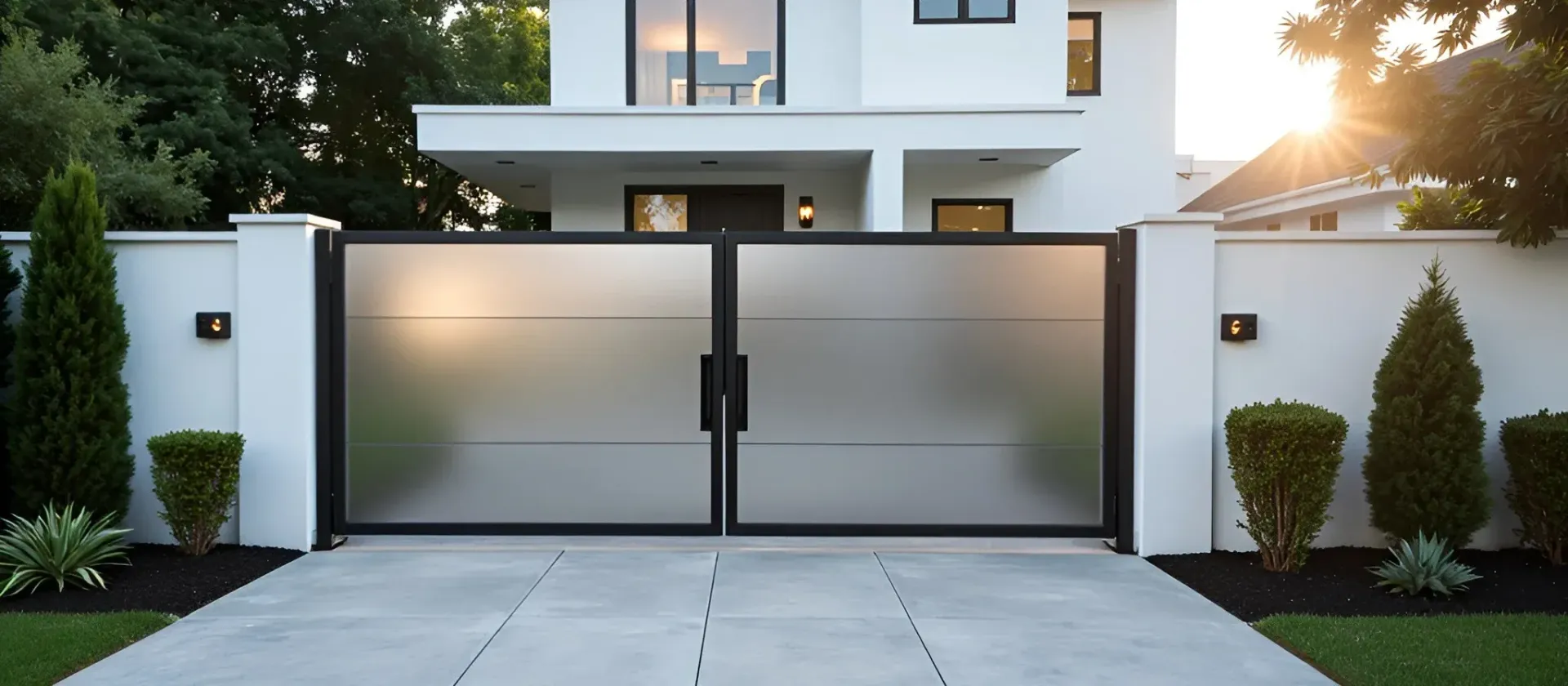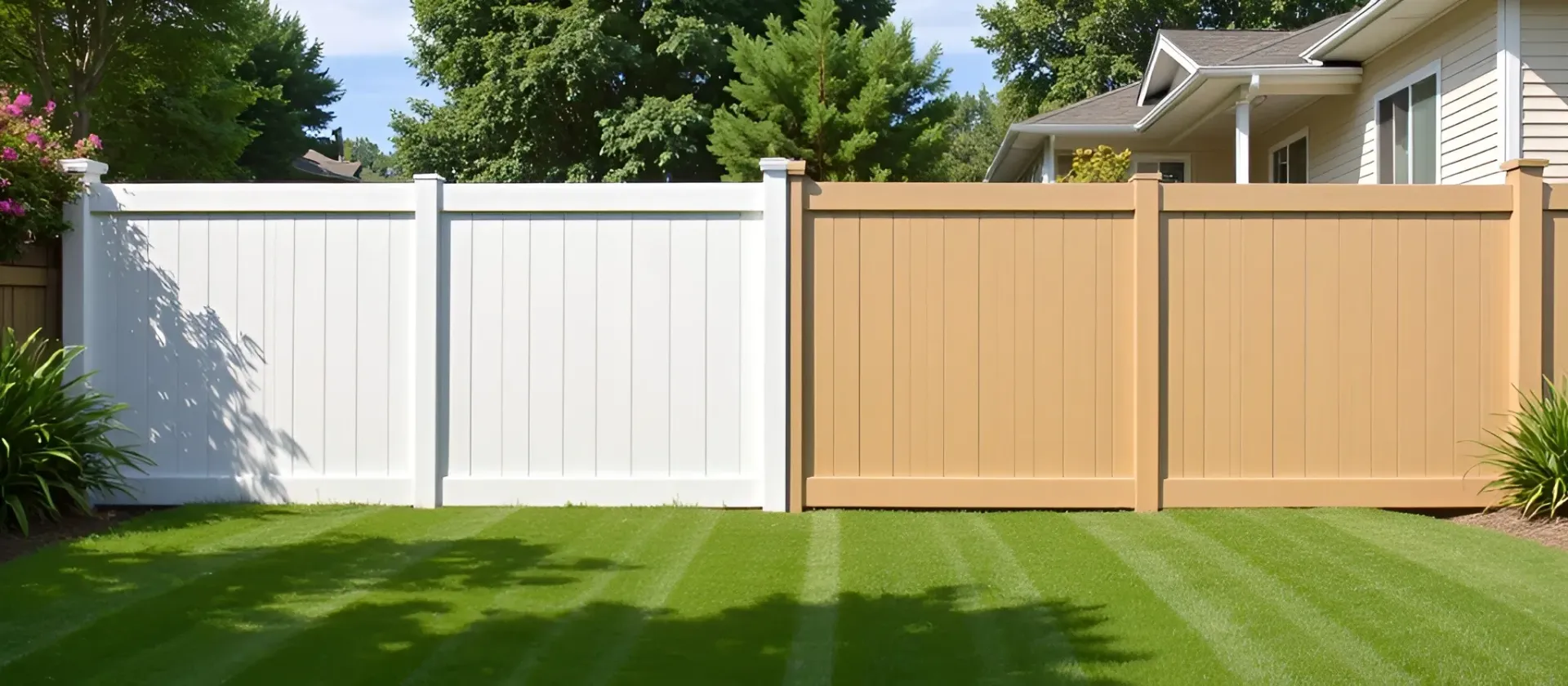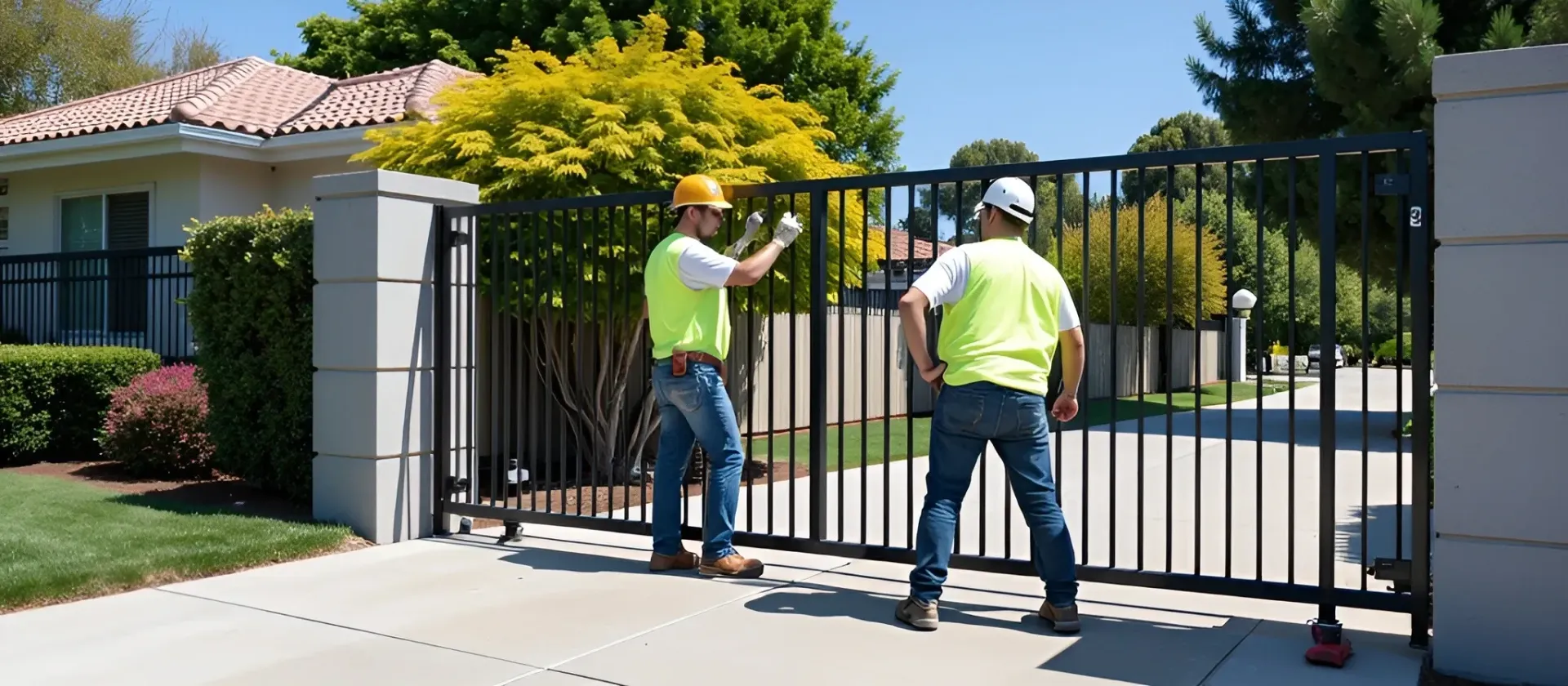Wind Resistance Fencing Design: Engineering Solutions for Storm-Prone Areas in Honolulu Hawaii

Ever seen a fence crumble like a cookie after a storm? It’s annoying and costly; however, it’s avoidable. Most fences aren’t built for battle. One strong gust, and they’re gone.
If you live in a storm-prone area, your fence needs grit, strength, and backbone. Not one that waves the white flag when the wind picks up.
So, how do you build a fence that stands its ground? Simple. Pick the right materials. Use smart designs. Reinforce like a pro.
Let’s break it down step by step. So your fence survives storm after storm.
Why Some Areas Get Wrecked by Wind (While Others Barely Notice)
Before we talk about solutions, let’s get real about the problem. Some places take a beating while others barely flinch. If you live in:
- Coastal areas where hurricanes roll in like clockwork
- Wide-open plains where nothing blocks the gusts
- Tornado-prone regions where wind speeds hit ridiculous levels
- Mountainous regions where wind tunnels through valleys
...then you need to take fence design seriously. In high-wind areas, the wrong design is just waiting to fail. Standard fences? Torn apart in seconds. Weak posts? Snapped like twigs. Solid panels? Turn into giant sails.
When the wind roars, only smart, wind-resistant designs stand a chance.
The Right Materials: Strength Meets Smarts
Not all fencing materials are created equal. Some crumble under pressure, while others take a hit and keep standing. Here’s what works best:
Metal Fencing
Aluminum and steel fences? Tough as nails. Sleek. Strong. Built to last. They don’t fight the wind. They let it slide right through with less resistance. Bonus? They require little maintenance. Steel, in particular, offers extreme durability but may require rust protection in humid climates.
Composite Fencing
A mix of wood and plastic, composite fences hold up against wind and moisture. They won’t rot, warp, or splinter. And the look? Unreal—like wood, but without the drama. All the charm, none of the splinters. Plus, composite fences provide a classic vibe and a smart, no-brainer swap for old-school wood fencing.
Pressure-Treated Wood
Wood is classic, but not all wood is tough enough. Pressure-treated options resist rot and stay strong longer. If you love the natural look, go for treated wood with a wind-friendly design. Cedar and redwood are naturally more resistant to decay, making them good choices for storm-prone areas.
Vinyl Fencing
Vinyl can be a decent option, but it depends on the quality. Some vinyl fences crack under extreme wind pressure, but high-grade vinyl with reinforced posts can stand strong. Look for flexible designs that allow movement instead of breaking under pressure.
Smart Fence Designs That Stand Strong
Materials matter, but design is the real game-changer. The right structure makes all the difference.
Height Matters
A tall fence might give you privacy, but it also catches more wind. If you need height, balance it with a wind-friendly design. Shorter fences experience less wind pressure and are less likely to tip over.
Gaps Are Good
Solid fences act like sails—great for catching wind, terrible for staying upright. Designs that allow airflow to reduce pressure and last longer. If you want privacy without compromising strength, a fence with gaps is the way to go.
Best Wind-Resistant Designs:
- Louvered fences: Panels are angled to block the view but let wind pass through.
- Hit-and-miss fences: Boards alternate on both sides of the rails, giving wind a way out.
- Slatted fences: Narrow gaps between boards let air move while keeping privacy intact.
Reinforcements: The Secret to a Storm-Proof Fence
Even the best materials and designs need solid support. Without proper reinforcement, your fence is doomed.
Deep-Set Posts
Fence posts should go deep—at least one-third of their total height. In high-wind areas, deeper is better. A shallow post is an unstable post. The deeper it’s set, the stronger the foundation.
Concrete Footings
Wind pushes, but concrete holds. Setting posts in concrete adds serious stability. No wobbles, no worries. Make sure the concrete extends below the frost line to prevent shifting during temperature changes.
Diagonal Bracing
Think of it as your fence’s backbone. The bracing adds extra support where it matters most, keeping panels from bending or breaking. Cross-bracing can significantly increase stability, especially for taller fences.
Metal Post Anchors
Using metal anchors instead of burying wooden posts directly in the soil prevents rot and improves durability. Metal posts paired with wooden panels can be an excellent hybrid option for wind resistance. Also, good site preparation for fencing in Hawaii can make or break your installation—don’t skip it.
Maintenance: Keep Your Fence Storm-Ready
A strong fence today can become weak tomorrow—unless you take care of it.
- Regular Inspections: Check for loose boards, leaning posts, and cracks. Don’t let small issues become bigger problems.
- Protective Treatments: Seal wood fences and rust-proof metal fences to extend their lifespan.
- Timely Repairs: A minor fix now saves a major headache later.
- Reinforce When Needed: Over time, reinforcements may weaken. Tighten bolts, replace braces, and refresh sealants as needed.
Final Thoughts
Do you live in a storm-prone area? Don’t settle for a weak fence. Invest in wind-resistant materials. Choose a smart design. And reinforce it properly. A little planning now saves you from costly repairs later.
Your fence should work with the wind, not against it. Build it right. And you’ll never have to chase down a flying fence panel again.
Ready to upgrade your fence? Contact us today because the next storm won’t wait.
